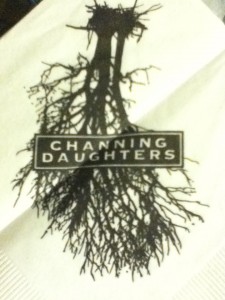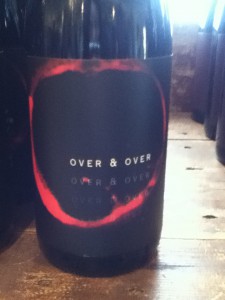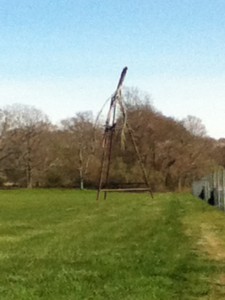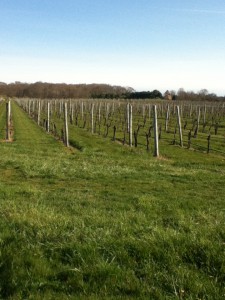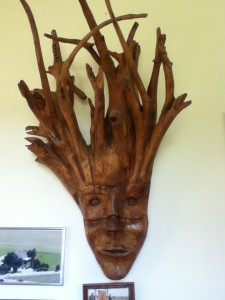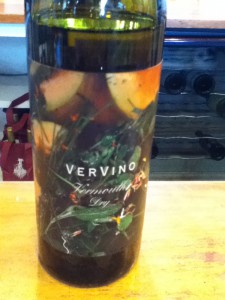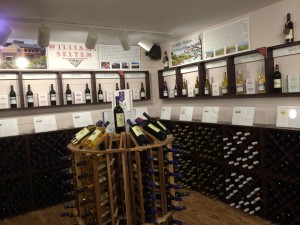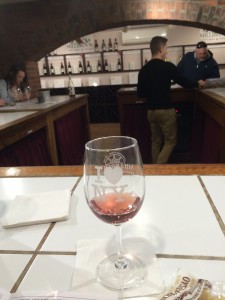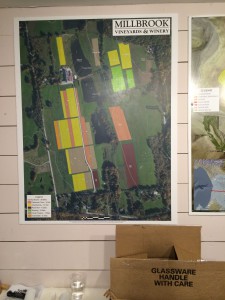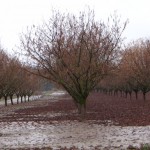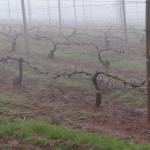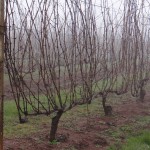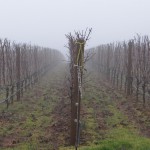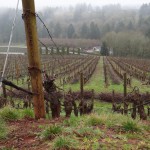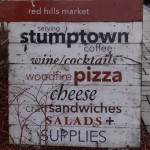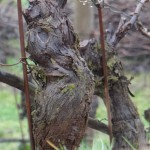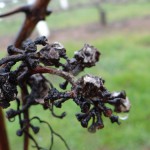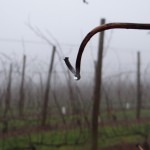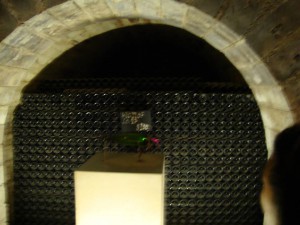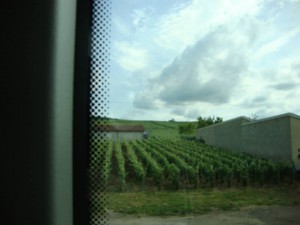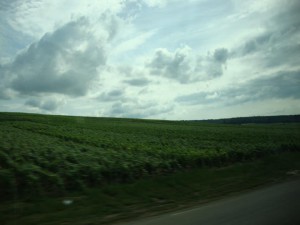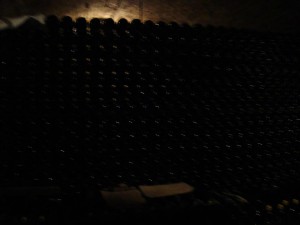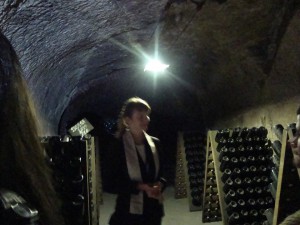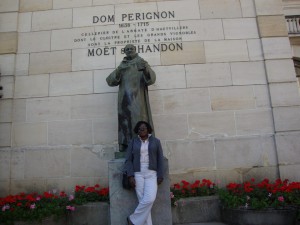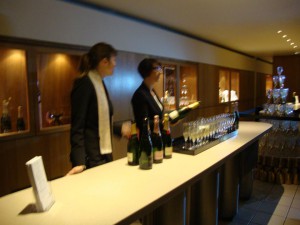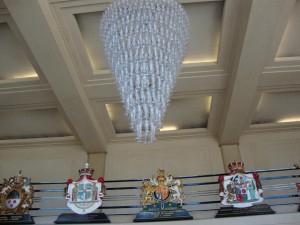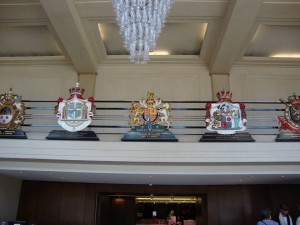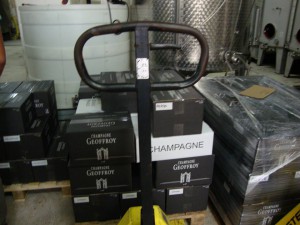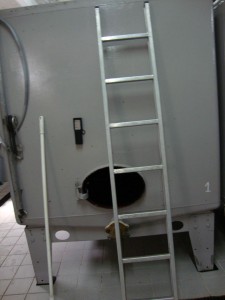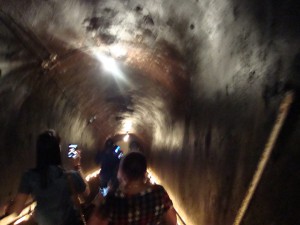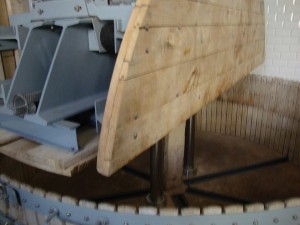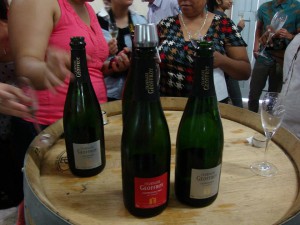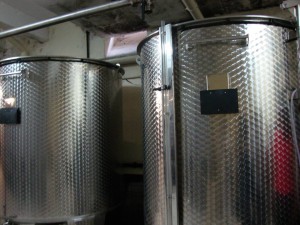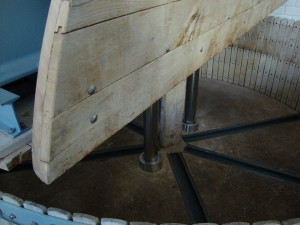The winery my friends and I decided to go to is Channing Daughters Winery, at 1927 Scuttlehole Road, Bridgehampton; it is about a 2 in a half hour drive from Manhattan. This place is known because of the various grapes they use to make every wine and the unique story behind upside down tree. The upside tree as we see it was caused by a storm several years ago, but to Walter Channing he saw the upside tree as an artwork which gave him the idea of making wooden sculptures it various ways to describe his wines.
For every wooden sculpture Walter Channing has made, he used them as the branding label; his famous branding label of course is his first inspiration the upside down tree. However, the branding label and sculptures aren’t the main reason that attracts customers to buy and taste their wines. The main reason is because the way they blend and the unique taste of their wines are what catches every customer’s attention. For instance, the Vervino Vermouth- Variation 5 this is a fortified wine that they made with neutral grape and sweetened with their local honey. They had botanicals added, they are musk melon, peaches, flowering basil, flowering dill, lemon balm, papalo, lemon verbena, and many more. Each botanical adds on a unique flavor to the wine which makes it unique and flavorful for the late summer.
Another wine that left a lasting memory to me was the red wine, Over & Over– Variation 8 -Long Island AVA. This wine was made with lots of effort, they used methods called ripasso and the solera system. By blending the two most common red wine making methods together the Channing Daughters team come up with a one and only unique wine. These two methods are unique because they use ½ of one grape production and blend it with another, then with that half they blend another half of it to another wine, continuously creating their over & over wine. Since, they blending different wines their grapes consist of Chardonnay, Pinot Grigio, Tocai, Sauvignon Blanc, Tocai Friulano, and many more.
In addition, their customer service from their staff is pretty well considering we only saw one person the whole time we were there for. He was in charge of preparing tasting wine for customers and explaining the knowledge of how and what each wine is made of. For every wine he poured for each customer was very explanatory and in details that showed the importance of each wine we tasted. Throughout the time we were at the winery we got to taste more than the two I mentioned earlier; we tried the 2014 Scuttlehole Chardonnay which consist of 100% Chardonnay, 2013 Sauvignon, 2013 Tocai Friulano- Sylvanus Vineyard, 2013 Vino Bianco, and the 2012 Brick Kiln Chardonnay. In the 2012 Brick Kiln Chardonnay, it had a very floral taste to it.
Last but not least, I want to talk about the way the whole winery was designed. It was being once you entered you would drive between two fields of grapes grown on the sides and enter a store with different wooden sculptures all around you. Since each wooden sculpture was made by Walter Channing, he wanted every customer to see what he has made and where his inspiration all came from. Each wooden sculpture had its own meaning to it. Thanks to the Channing Daughters Winery, I experienced something new and gained a lot of knowledge that I didn’t have before.

